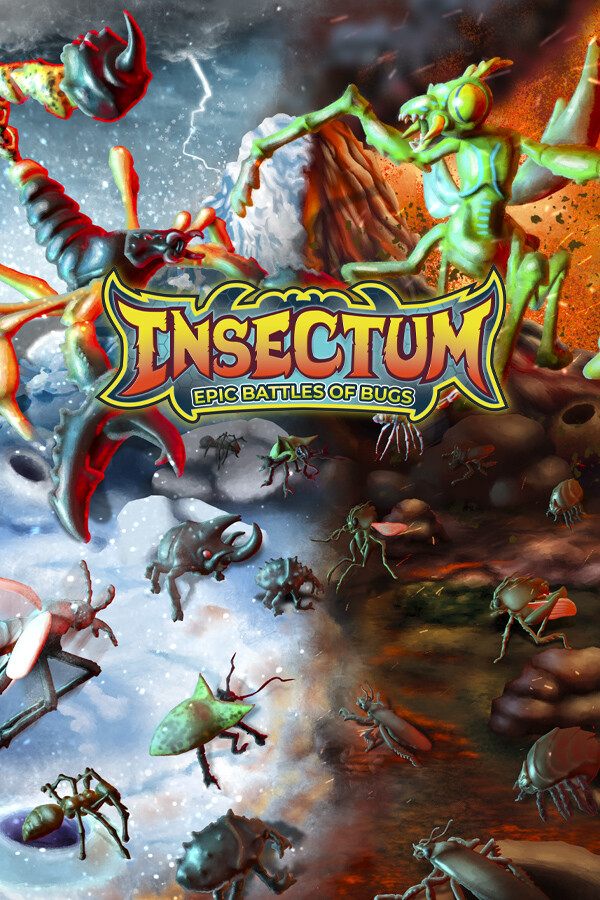javascript 的继承机制----对象冒充...
时间:2010-08-06 来源:wx123456wx
继承机制,说到继承,就要想到从基类开始,但是JavaScript中的类有两大类:一,内嵌的;二,用户自定义;一般前者不会被用来做基类,原因是为了保障js的安全。但是我们可以通过prototype来对基类进行扩充,增加我们想要的属性和方法。以下是自己对继承的几种方式的理解。
1> 对象冒充,是JavaScript 和 ECMAScript实现继承的方法,在学习对象冒充实现继承前我们的先了解关键字 this 的使用,例如:
view plaincopy to clipboardprint?
function classA(color){
this.color = color;
this.show = function(){alert(this.color);}
}
/*
Note:
1> this 代表的是classA函数所构建的对象,而非函数classA对象本身这样说主要是为了避免(function is object)的影响;
2> 在构建classA对象时,是通过this来初始化的属性和方法的,如果用classB的this去冒充classA的this,那么就实现了简单的继承了
*/
function classA(color){
this.color = color;
this.show = function(){alert(this.color);}
}
/*
Note:
1> this 代表的是classA函数所构建的对象,而非函数classA对象本身这样说主要是为了避免(function is object)的影响;
2> 在构建classA对象时,是通过this来初始化的属性和方法的,如果用classB的this去冒充classA的this,那么就实现了简单的继承了
*/
2>继承机制的实现方式:
NO1:对象冒充
对象冒充的原理:函数classA通过this来初始化属性和方法,如果用函数classB的this冒充classA的this去执行,则就会使classB具有classA的属性和方法。例如
view plaincopy to clipboardprint?
function classA(sColor){
this.sColor = sColor;
this.show = function(){alert(this.sColor);}
}
function classB(sColor,sName){
this.new = classA;
this.new(sColor);
delete this.new;
/*
Note
必须释放classA的引用,那样对于classA是安全的。可是再执行一段以上代码,实现多重继承。
this.new = classC;
this.new(arguments);
delete this.new;
*/
this.sName = sName;
this.say = function(){alert(this.sName);}
}
var a = new classA("blue");
var b = new classB("red","BMW");
a.show(); // blue
b.say(); //BMW
b.show(); // red
function classA(sColor){
this.sColor = sColor;
this.show = function(){alert(this.sColor);}
}
function classB(sColor,sName){
this.new = classA;
this.new(sColor);
delete this.new;
/*
Note
必须释放classA的引用,那样对于classA是安全的。可是再执行一段以上代码,实现多重继承。
this.new = classC;
this.new(arguments);
delete this.new;
*/
this.sName = sName;
this.say = function(){alert(this.sName);}
}
var a = new classA("blue");
var b = new classB("red","BMW");
a.show(); // blue
b.say(); //BMW
b.show(); // red
注意:对象冒充是所有继承的前提,冒充只能使子类继承基类中的属性和方法,对基类prototype中的属性和方法是不可见的。也可以实现多重继承。
NO2:原型链
原型链,是继承的另一种方式,它不是通过对象冒充来实现的,而是改变prototype指针的指向来实现的。不过在运行时也参杂着对象冒充,例如:
view plaincopy to clipboardprint?
function classA(){}
classA.prototype.sColor = "red";
classA.prototype.show = function(){
alert(this.sColor);
}
function classB(){}
classB.prototype = new classA(); //no arguments
/*
Note:
classB.prototype 开始指向一块命名空间,执行上行语句后,classB.prototype的命名空间则是classA的以一个对象,所有在执行此方法前不可以向classB增加属性和方法,不然会发生覆盖。
*/
classB.prototype.name = "BMW";
classB.prototype.say = function(){
alert(this.name);
}
var a = new classA();
a.show(); // red
var b = new classB();
b.show(); // red
b.say(); //BMW
function classA(){}
classA.prototype.sColor = "red";
classA.prototype.show = function(){
alert(this.sColor);
}
function classB(){}
classB.prototype = new classA(); //no arguments
/*
Note:
classB.prototype 开始指向一块命名空间,执行上行语句后,classB.prototype的命名空间则是classA的以一个对象,所有在执行此方法前不可以向classB增加属性和方法,不然会发生覆盖。
*/
classB.prototype.name = "BMW";
classB.prototype.say = function(){
alert(this.name);
}
var a = new classA();
a.show(); // red
var b = new classB();
b.show(); // red
b.say(); //BMW
注意:原型链不可以实现多重继承,且在实例化新的命名空间的时候不可以带参数。
NO3:call方法
call(this,argument),此方法是函数对象的方法(classA.call),且两个参数:参数一,this代表的是当前对象;参数二,是实例化的参数,只能是单个的。
view plaincopy to clipboardprint?
function classA(sColor){
this.sColor = sColor;
this.show = function(){alert(this.sColor);}
}
classA.prototype.say = function(){
alert("hello");
}
function classB(sColor,sName){
classA.call(this,sColor);
this.sName = sName;
this.showName = function(){
alert(this.sName);
}
}
var a = new classA("blue");
a.show();//blue
a.say();//hello
var b = new classB("red","BMW");
b.show();//red
b.say();//error : no this function
b.showName();// BMW
function classA(sColor){
this.sColor = sColor;
this.show = function(){alert(this.sColor);}
}
classA.prototype.say = function(){
alert("hello");
}
function classB(sColor,sName){
classA.call(this,sColor);
this.sName = sName;
this.showName = function(){
alert(this.sName);
}
}
var a = new classA("blue");
a.show();//blue
a.say();//hello
var b = new classB("red","BMW");
b.show();//red
b.say();//error : no this function
b.showName();// BMW
注意:之所以会报错主要以因为prototype中的属性和方法通过call方法是继承不下来的,apply方法也一样,唯一的区别就是参数二的类型不同
NO4:apply方法
与call方法类似,具体如:
view plaincopy to clipboardprint?
function classA(sColor){
this.sColor = sColor;
this.show = function(){alert(this.sColor);}
}
classA.prototype.say = function(){
alert("hello..");
}
function classB(sColor,sName){
classA.apply(this,new Array(sColor));
this.sName = sName;
this.showName = function(){
alert(this.sName);
}
}
var a = new classA("blue");
a.show();// output: blue
a.say();// output: hello..
var b = new classB("red","BMW");
b.show(); //output red
b.say();// error,no this function
b.showName();//output BMW
function classA(sColor){
this.sColor = sColor;
this.show = function(){alert(this.sColor);}
}
classA.prototype.say = function(){
alert("hello..");
}
function classB(sColor,sName){
classA.apply(this,new Array(sColor));
this.sName = sName;
this.showName = function(){
alert(this.sName);
}
}
var a = new classA("blue");
a.show();// output: blue
a.say();// output: hello..
var b = new classB("red","BMW");
b.show(); //output red
b.say();// error,no this function
b.showName();//output BMW
NO5:原型链 && 对象冒充
这种模式是原型链和对象冒充的结合,同构对象冒充来继承函数对象中的属性和方法,函数原型中的属性和方法则用原型链来实现。看起来非常清楚,但是值得注意的是,原型链在构建对象时是不带参数的,具体如:
view plaincopy to clipboardprint?
function classA(sColor){
this.sColor = sColor;
this.show = function(){alert(this.sColor);}
}
classA.prototype.say = function(){
alert("hello ..");
}
function classB(sColor,sName){
classA.call(this,sColor);
this.sName = sName;
}
classB.prototype = new classA();
//note: no arguments and classB is a classA
//只有此行后才可以给classB增加自己的属性和方法,否则会发生覆盖
classB.prototype.showName = function(){
alert(this.sName);
}
var a = new classA("blue");
a.show();//output blue
a.say(); // output hello..
var b = new classB("red","BMW");
b.show(); // output red
b.say(); //output hello..
b.showName();//output BMW
function classA(sColor){
this.sColor = sColor;
this.show = function(){alert(this.sColor);}
}
classA.prototype.say = function(){
alert("hello ..");
}
function classB(sColor,sName){
classA.call(this,sColor);
this.sName = sName;
}
classB.prototype = new classA();
//note: no arguments and classB is a classA
//只有此行后才可以给classB增加自己的属性和方法,否则会发生覆盖
classB.prototype.showName = function(){
alert(this.sName);
}
var a = new classA("blue");
a.show();//output blue
a.say(); // output hello..
var b = new classB("red","BMW");
b.show(); // output red
b.say(); //output hello..
b.showName();//output BMW
总结:通过以上几种方式多可以实现在Javascript中的继承,只有原型链这种方式不然实现多继承,但其优点在于classB的任何对象多属于classA,classB这两个类。
本文来自CSDN博客,转载请标明出处:http://blog.csdn.net/gaozliang2009/archive/2009/09/23/4583405.aspx










